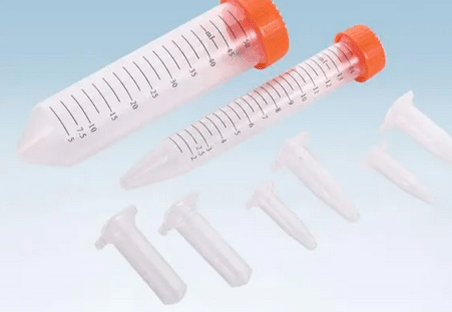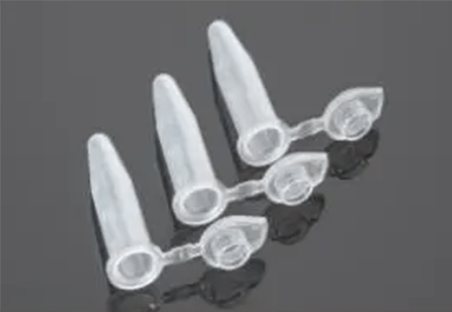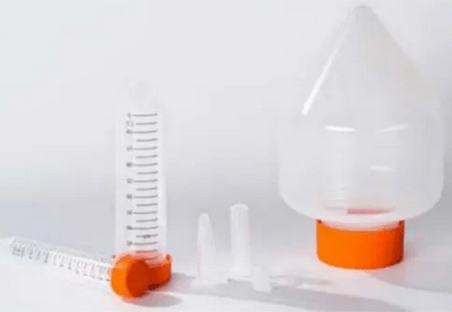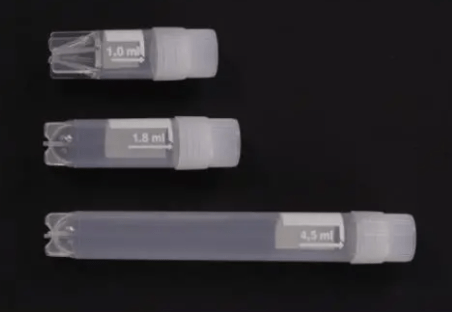Centrifuge tubes are unsung heroes in the fields of scientific research and medical laboratories. These heavy-duty containers are essential in the centrifugation process, which involves spinning a mixture at high speeds to separate its components based on density. Centrifuge tubes are essential tools for isolating cells from a culture medium, purifying proteins, or simply clarifying a solution before analysis. This article by Scopelab delves into the uses of centrifuge tubes, guiding you through the factors to consider when selecting the right ones for your experiments. We’ll also explore the common choices between 15ml and 50ml tubes, helping you determine the perfect fit for your sample volume and application.
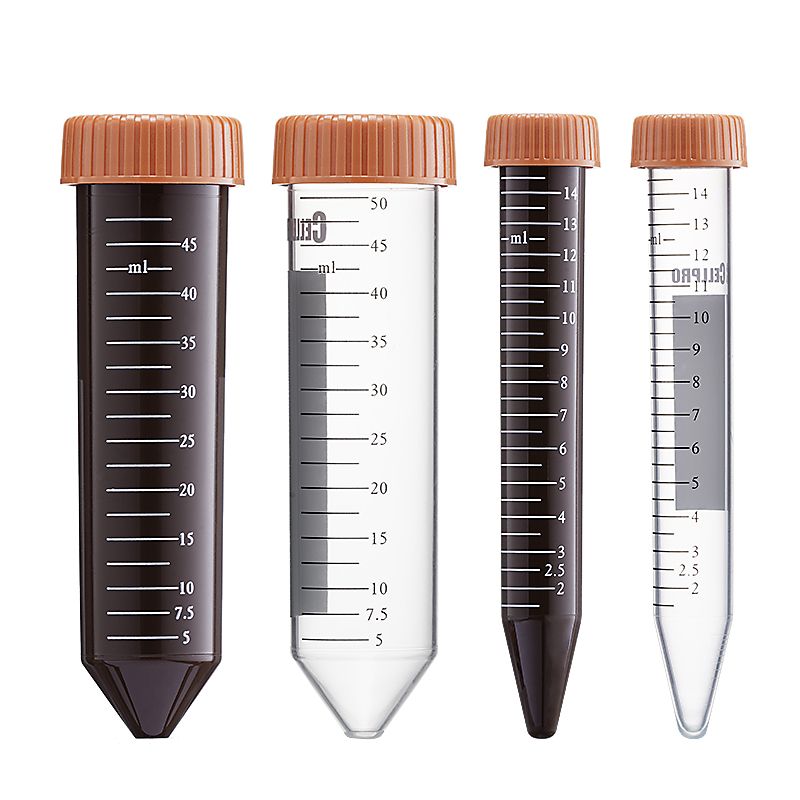
Uses of Centrifuge Tubes
Centrifuge tubes are primarily used to contain liquids during the process of centrifugation. In centrifugation, a sample is spun at high speeds within a centrifuge machine. This rapid rotation separates the mixture’s components according to density. During centrifugation, denser elements settle at the bottom of the tube and less dense components rise to the top.
Here’s a detailed breakdown of the various uses of centrifuge tubes:
- Separating Blood Components: Centrifuge tubes are widely used for blood analysis. Blood consists of several components, including red blood cells, white blood cells, platelets, and plasma. Scientists can isolate these various components for further testing by centrifuging a blood sample in a specially designed tube with an anticoagulant to prevent clotting.
- Isolating Cells from Culture Medium: Centrifuge tubes are used in biological research to isolate cells from culture mediums. The centrifugation process allows researchers to pellet the cells at the bottom of the tube, discarding the culture medium for later analysis or processing.
- DNA and RNA Extraction: Centrifugation is a critical step in the extraction of DNA and RNA from cells. During this procedure, cellular components are disrupted, and centrifuge tubes are used to separate nucleic acids (DNA or RNA) from cellular debris using centrifugation.
- Protein Purification: Protein purification is another application for centrifuge tubes. Cell lysates or other protein-containing solutions are centrifuged at different speeds and using specific techniques to isolate and purify the desired proteins.
- Preparing Samples for Other Analyses: Centrifugation is frequently used to prepare samples for other laboratory analyses. For example, centrifuging urine samples can remove cellular debris prior to microscopic examination. Centrifuging tissue homogenates can also help to clarify the solution for future biochemical assays.
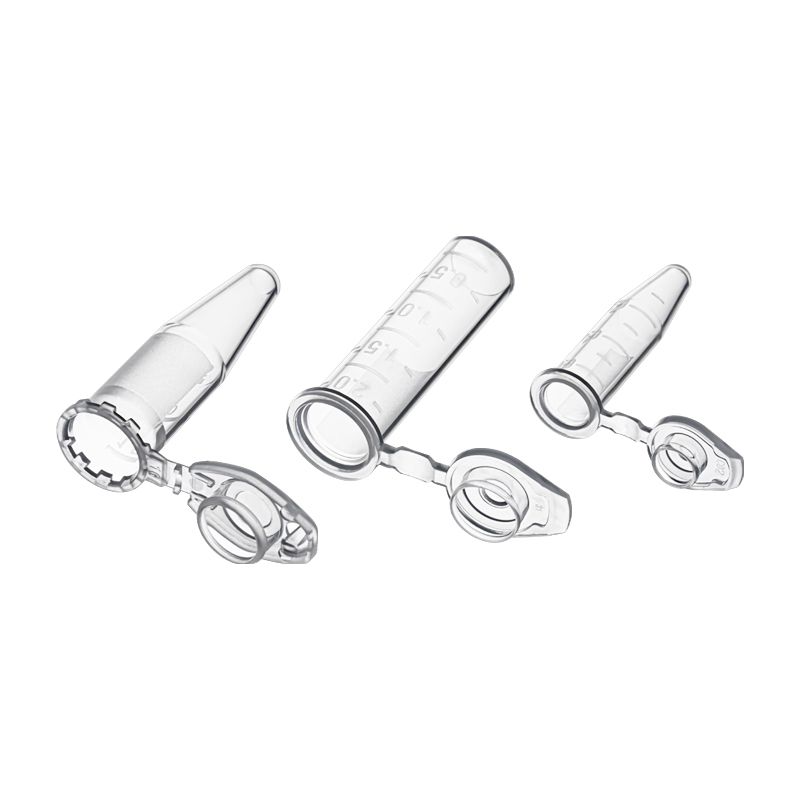
Common types of centrifuge tubes
Centrifuge tubes come in various shapes, sizes, and materials to suit specific applications. Common types of centrifuge tubes include:
| Conical Tubes | The most widely used centrifuge tubes, conical tubes have a pointed bottom that facilitates the collection of pelleted material. |
| Microcentrifuge Tubes | These are smaller centrifuge tubes designed for use in microcentrifuges and are ideal for working with small sample volumes. |
| Cryogenic Tubes | Cryogenic tubes are specifically designed to withstand ultra-low temperatures, often used for storing cells or biological materials in liquid nitrogen. |
| Filter Tubes | These tubes incorporate a filter at the bottom, enabling researchers to separate liquids from solids during centrifugation. |
In conclusion, centrifuge tubes are essential tools in a variety of laboratory settings. Their ability to separate mixtures based on density enables scientists to isolate and analyze various components for a wide range of research and diagnostic applications.
What to Consider When Buying Centrifuge Tubes?
Choosing the right centrifuge tubes is essential for safe and effective centrifugation in your lab. Here are some key factors to consider when making your purchase:
Material composition
- Chemical Resistance: The type of chemicals you’ll be working with has a significant impact on tube material selection. Tubes are commonly made of polypropylene (PP), high-density polyethylene (HDPE), or autoclavable polypropylene (PPCO). Each material has varying resistance to different chemicals. Ensure that the tubes you choose are compatible with the solutions you will be centrifuging.
- Durability: Consider whether you need reusable or disposable tubes. Reusable glass or autoclavable plastic tubes are more cost-effective in the long run, but they must be cleaned properly. Disposable plastic tubes save time but generate waste.
- Thermal Stability: If your experiment requires high or low temperatures, make sure the tubes can withstand the desired range. Some tubes are specifically intended for cryogenic storage or heat treatment.
Capacity and size
- Sample Volume: Choose tubes with a capacity that will comfortably hold your typical sample volume. Allowing for extra space reduces overfilling and potential spills during centrifugation.
- Rotational Capacity (RCF): Each centrifuge tube has a maximum speed rating expressed in Relative Centrifugal Force (RCF) or g-force. Tubes that exceed their RCF rating may break, posing a hazard. Choose tubes with an RCF that exceeds the speeds you intend to use in your centrifuge.
- Compatibility with Centrifuge Rotor: Centrifuge rotors have specific bucket or holder designs to accommodate various tube sizes. Ensure that the tubes you choose are compatible with the rotor in your centrifuge.
Closure type
- Screw Caps: Screw caps provide a tight seal for valuable samples or those containing volatile chemicals.
- Snap Caps: Snap caps offer a quick and easy option for non-critical applications and are often used with disposable tubes.
- Crimp Tops: Crimp tops are ideal for tubes used in anaerobic environments or for storing samples for extended periods.
- Graduation and Labeling Area: Sample volume can be easily measured using tubes with graduations. A designated labeling area on the tube is essential for easy sample identification and organization
By carefully considering these factors, you can select the most appropriate centrifuge tubes for your specific laboratory needs and ensure safe and efficient centrifugation experiments.
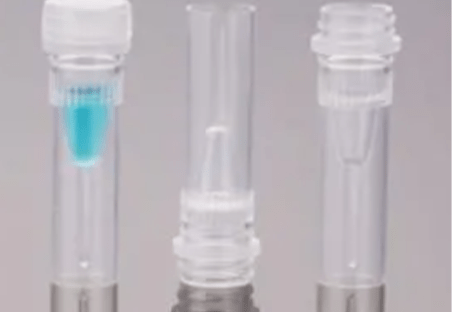
15 ml Centrifuge Tubes Or 50 ml Centrifuge Tubes?
The best choice between 15 ml and 50 ml centrifuge tubes depends on the volume of your samples and your specific application. Here’s a breakdown to help you decide:
Choose 15 ml centrifuge tubes if:
- You’re working with small sample volumes (less than 15 ml). Using a larger tube with a small volume can make it difficult to see your pellet and can be inefficient.
- You need a large writing area for labeling, as 15 ml tubes often have a proportionally larger surface area for easier marking.
- You’re performing multiple centrifugations in a microcentrifuge, as 15 ml tubes are compatible with these smaller centrifuges.
- You require a cost-effective option, as 15 ml tubes are generally cheaper than 50 ml tubes.
Choose 50ml centrifuge tubes if:
- You’re working with larger sample volumes (between 15 ml and 50 ml).
- You need more capacity for procedures like pelleting large numbers of cells or isolating bigger precipitates.
- Your centrifuge is designed for larger tubes and has compatible rotors.
- You require tubes for high-speed centrifugation, as some 50 ml tubes have higher RCF ratings than 15 ml tubes.
Here’s a table summarizing the key considerations:
| Factor | 15 ml Centrifuge Tubes | 50 ml Centrifuge Tubes |
| Sample Volume | Less than 15 ml | Between 15 ml and 50 ml |
| Writing Area for Labeling | Larger proportional area | Smaller proportional area |
| Centrifuge Compatibility | Microcentrifuges | Larger centrifuges with compatible rotors |
| High-Speed Centrifugation | Lower RCF ratings | Some have higher RCF ratings |
If you’re unsure about the exact volume of your samples, it’s always a good idea to err on the side of caution and use larger 50 ml tubes. You can always use less volume in a larger tube, but filling a smaller tube with a large volume can result in spills and inefficiencies.
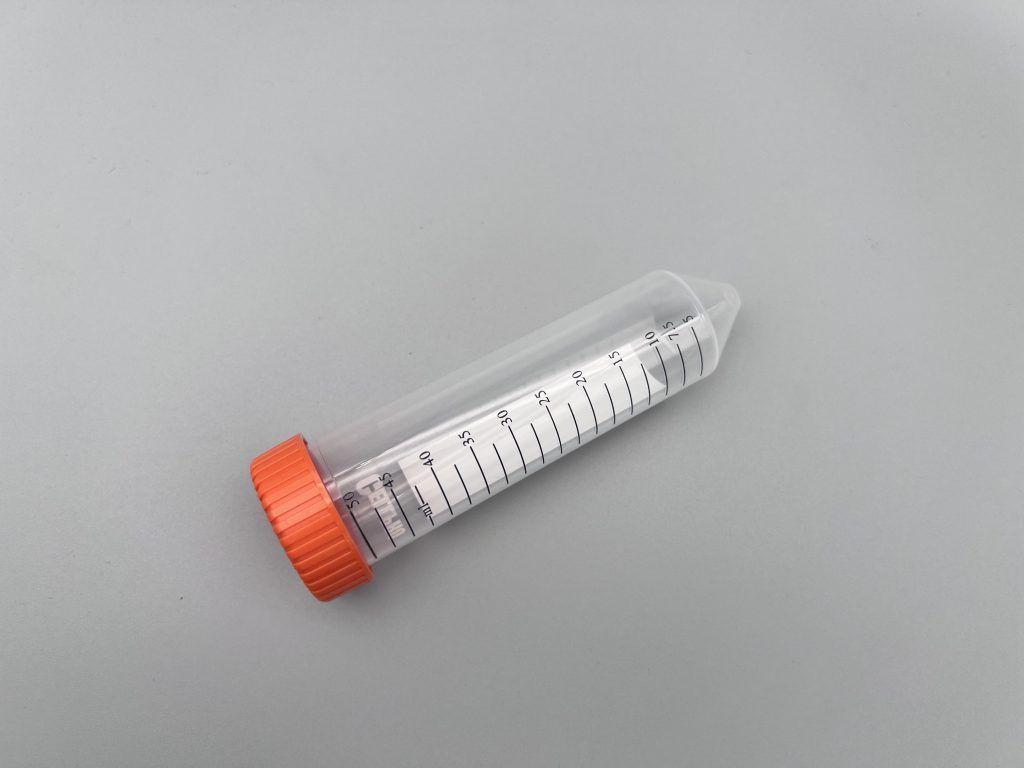
Conclusion
Centrifuge tubes, while appearing simple, are critical components for successful centrifugation. Understanding their various applications, key purchasing considerations, and the differences between 15ml and 50ml options will enable you to select the best tubes for your laboratory needs. Scopelab provides kinds of Centrifuge Tubes & Sample Preservation Consumables as well as guides from different aspects. As a reliable lab consumables supplier not just a centrifuge tube supplier, we have enough good Scope instruments for you. Such as 250 ml centrifuge bottles or 500 ml centrifuge bottles and so on.
Remember, selecting the right centrifuge tube contributes to efficient and safe experimentation, ultimately propelling your scientific endeavors forward.
